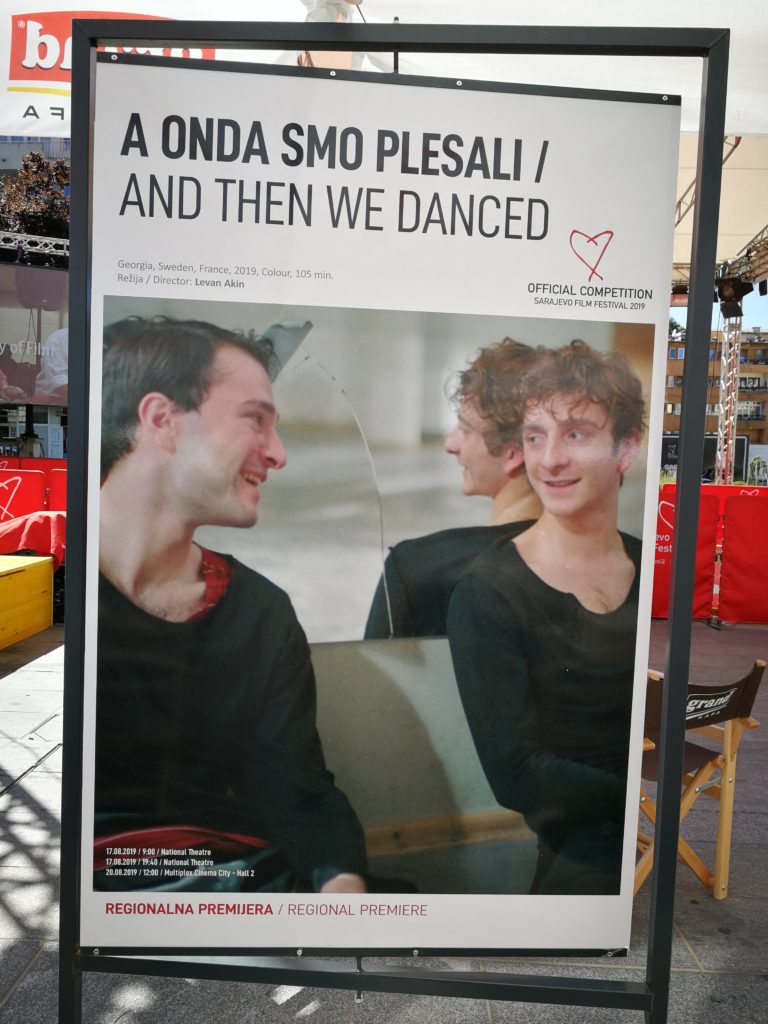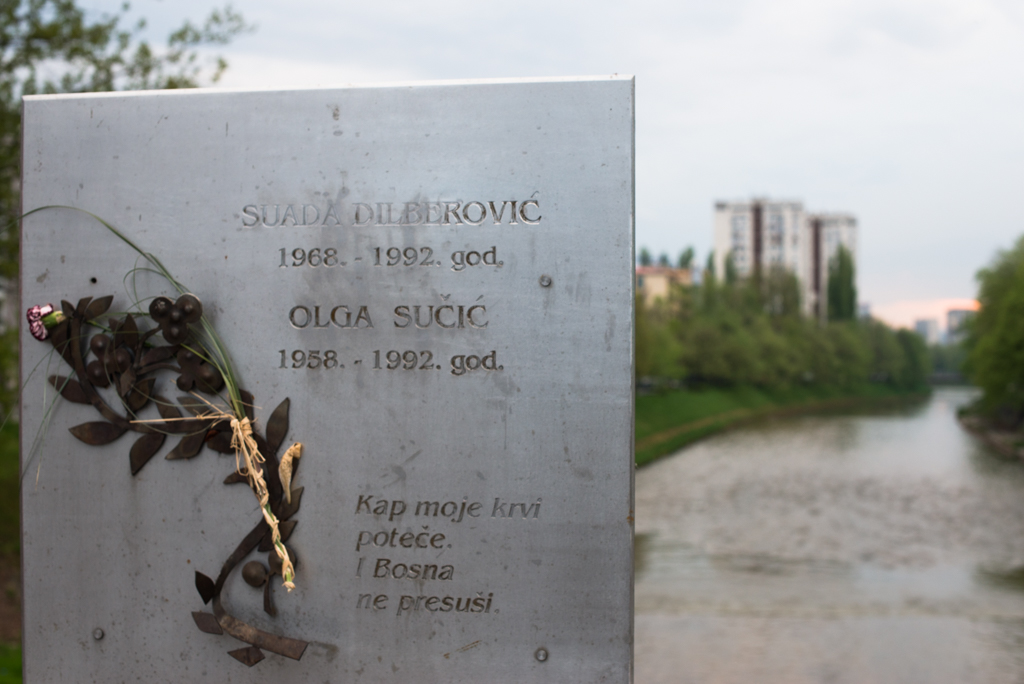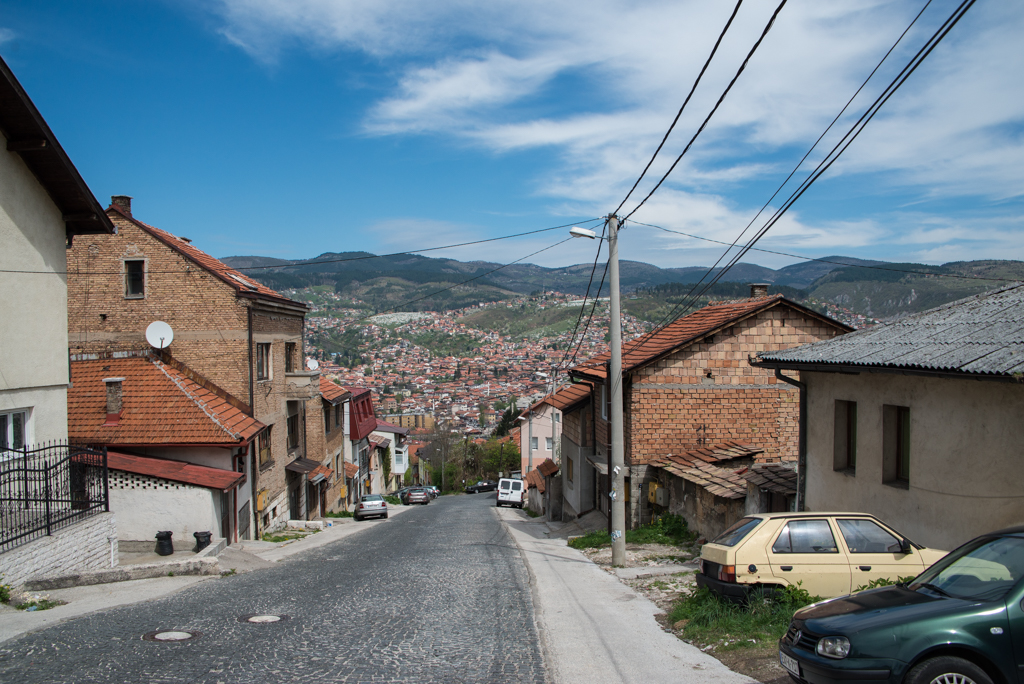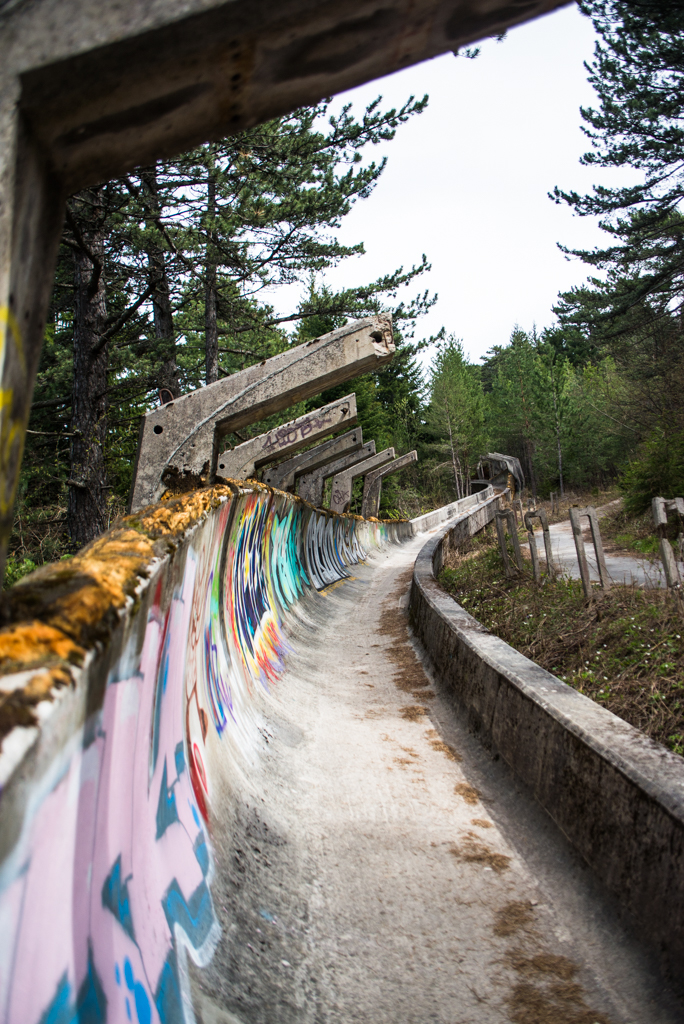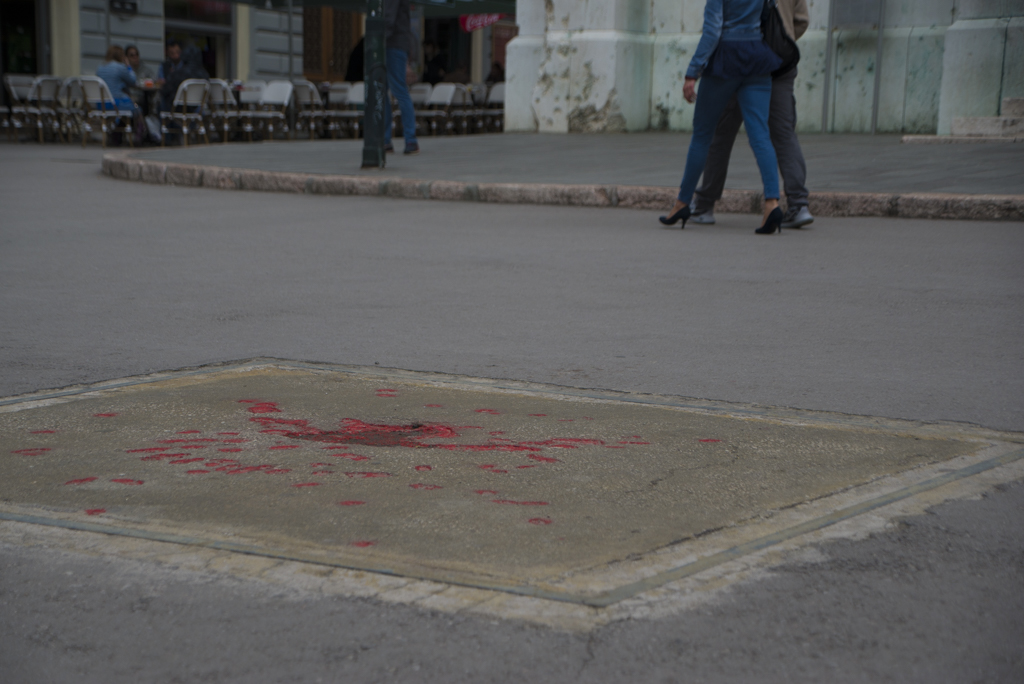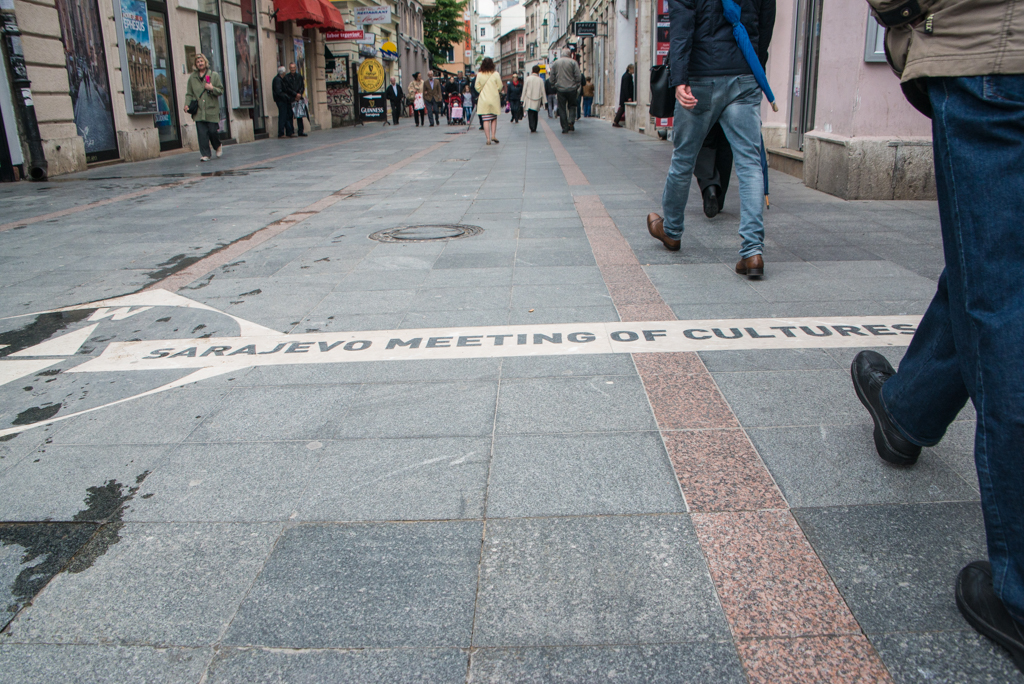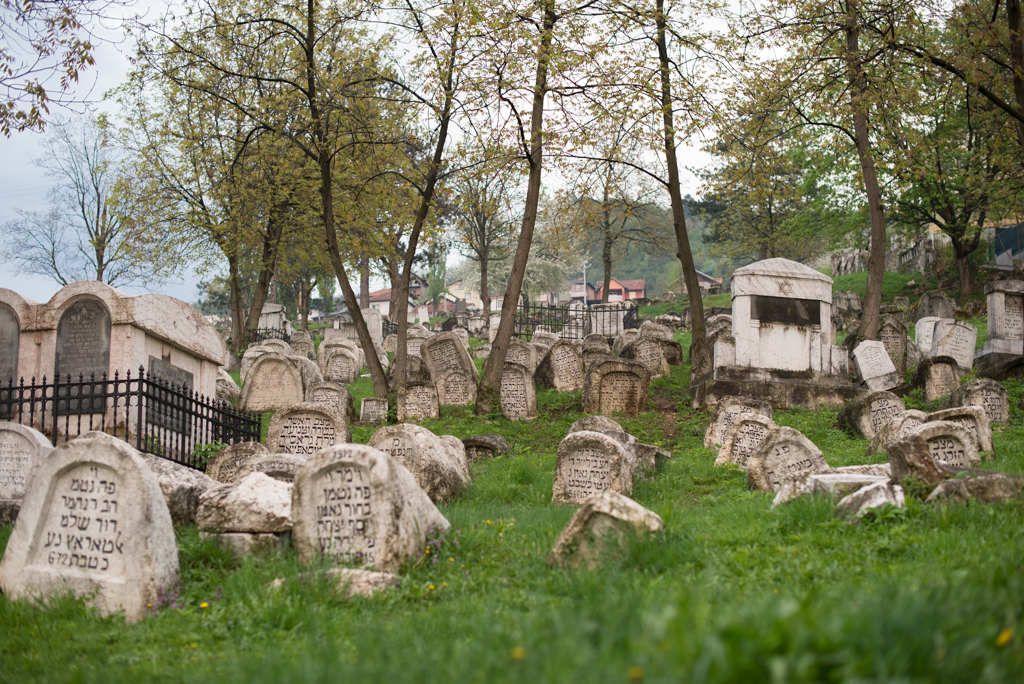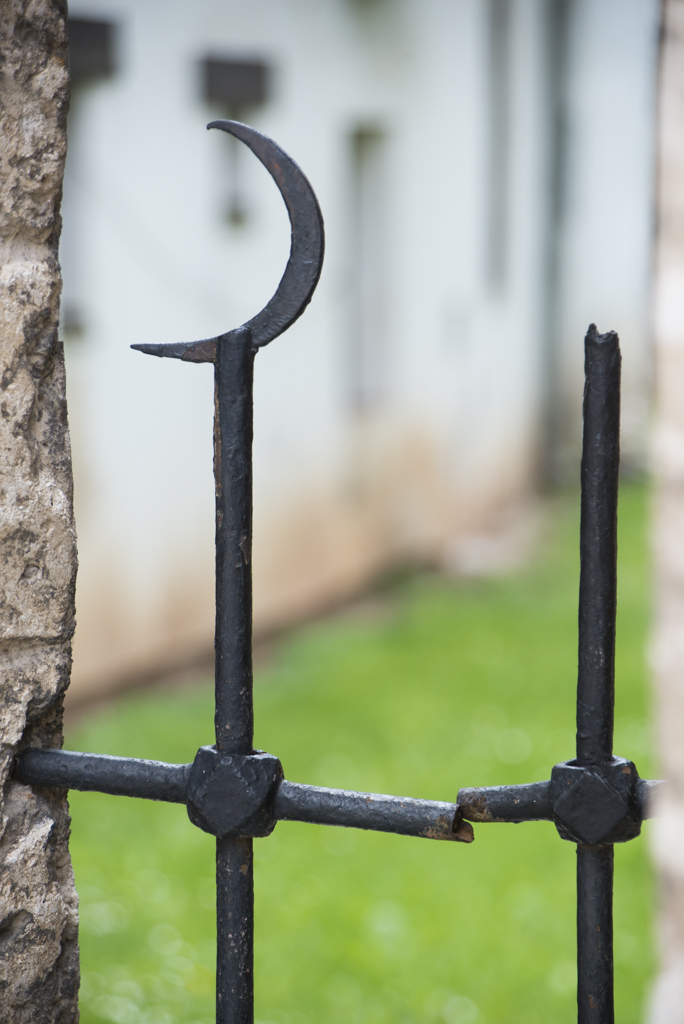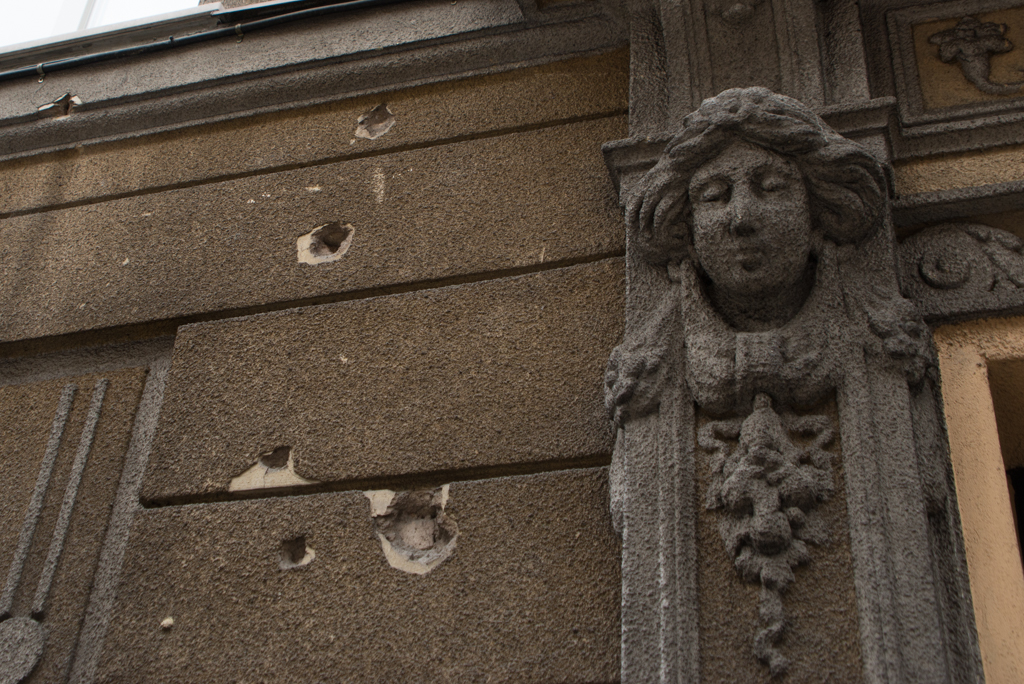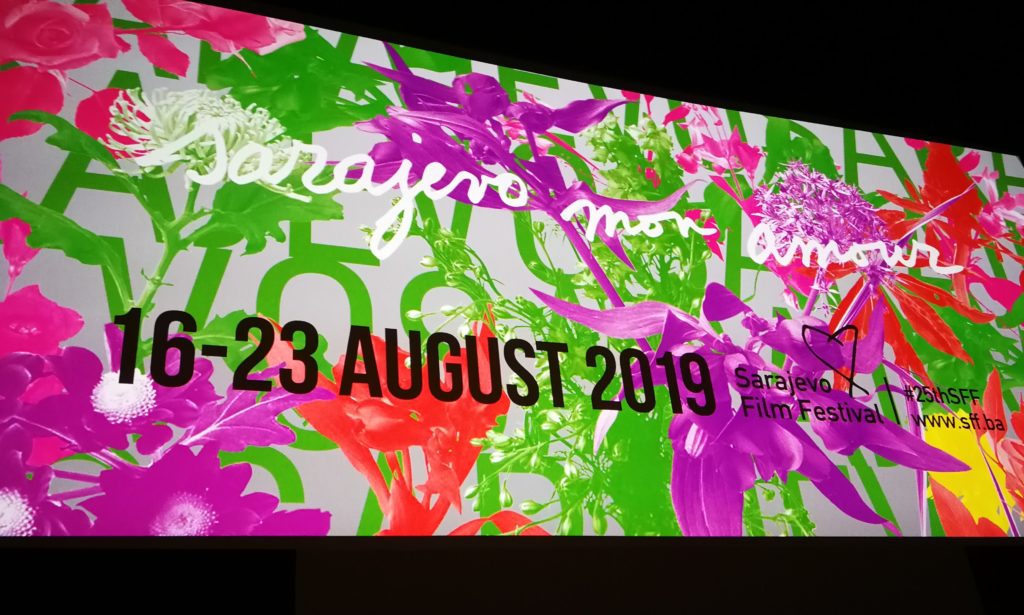
Yesterday, the star-studded 25th edition of the Sarajevo Film Festival ended and with it a week of joyful partying for the entire city. And what a party it was! While director Alejandro González Iñárritu, actors Isabelle Huppert or Gael Garcia Bernal, to name just a few, strutted down the red carpet in front of the National Theatre, local youth volunteered as ushers, and the rest of the town joined international movie-goers not only in the movietheatres, but at parties and clubbings that boosted Balkan popmusic through the city center until the wee hours.
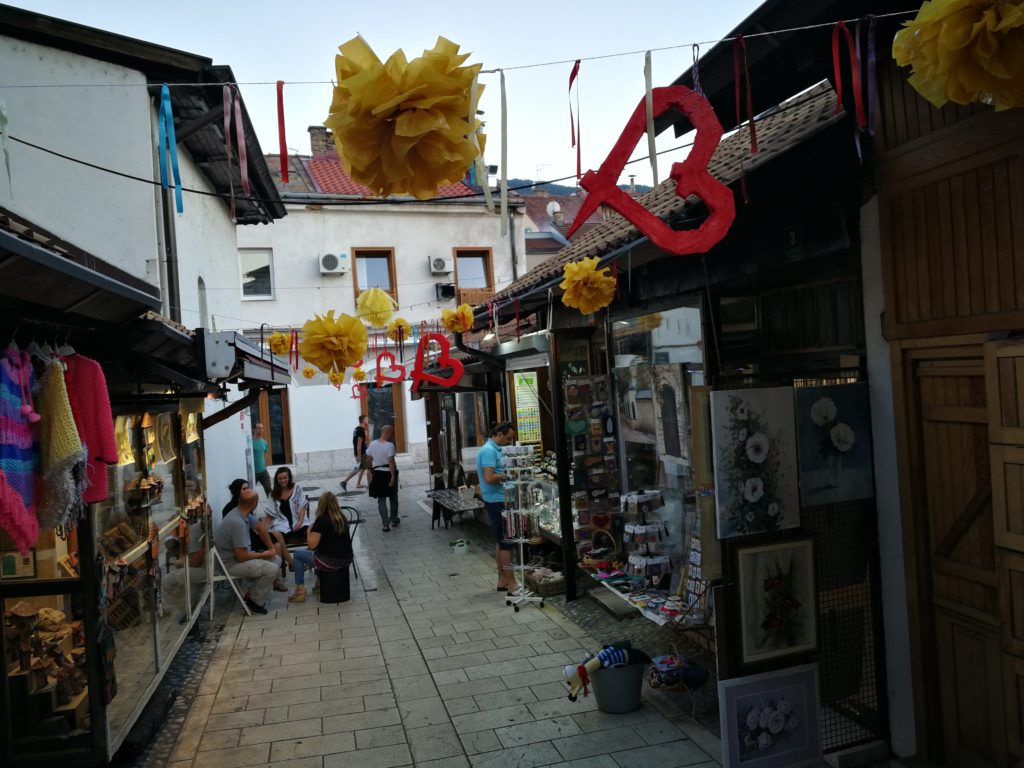
The “Heart of Sarajevo”, the festival’s logo, a delicate heart shape designed by French fashion designer Agnès B., could be found at every street corner: dangling from the street lights in the elegant Habsburgian part of the town, from the shops at the bazar in the Ottoman part of the town, and even illuminated at the bus stops in the concrete jungle of the realsocialist Tito era.
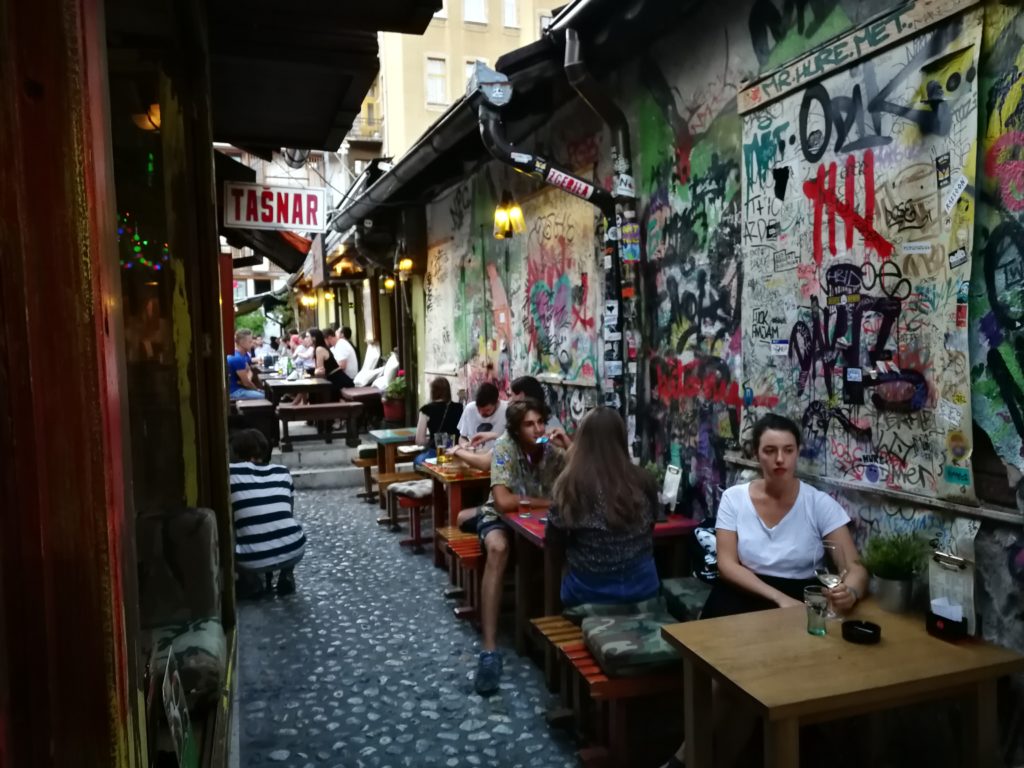
Little reminded of the beginnings of the Sarajevo Film Festival 25 years ago: Admission to any one of the 37 films shown from October 25 to November 5 1995 was one cigarette. Portable generators provided power to the projectors. Directors Alfonso Cuaron and Leos Carax made their way over the surrounding mountains in armored cars. Film canisters were lugged through a tunnel dug beneath the airport. Sarajevo was under siege.
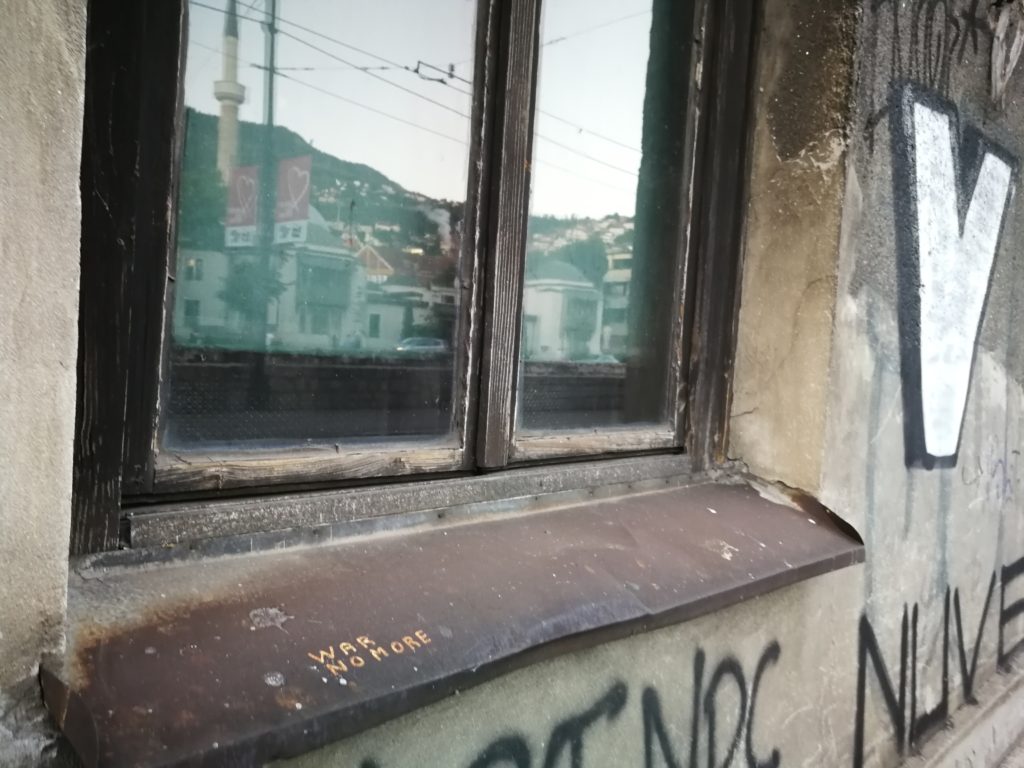
Sarajevo, hitherto a symbol of religious tolerance and joie de vivre, was besieged by the Serbian army for four years, from 1992 till December 1995. Snipers zooming in on city dwellers while asleep in their beds, while preparing dinner in their kitchens; shrapnel killing children on the playground or on their way to school; land mines blowing up men, women searching for fire wood, in need of food or medication. The Balkan War, an ethnic conflict which led to the Bosnian genocide and the break-up of the Yugoslav Republic, resulted in the death of at least 130,000 people.
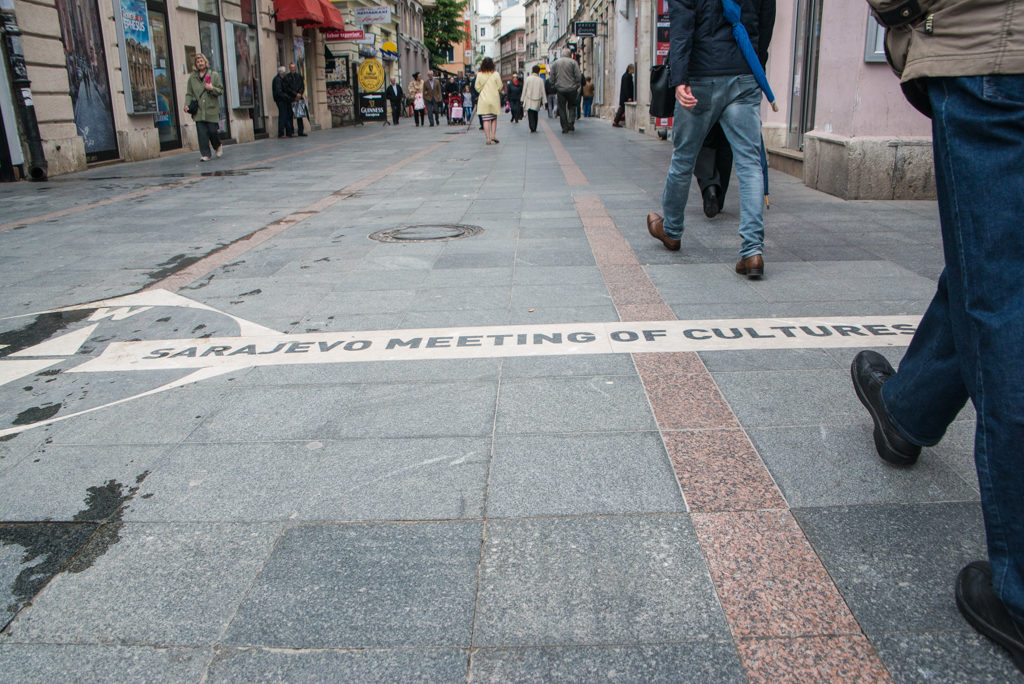
The Sarajevo festival was launched in 1995 as an act of defiance, Mirsad Purivatra, the festival’s founder remembered in an interview with “The Wrap” on the occasion of the festival’s 20th anniversary in 2014:
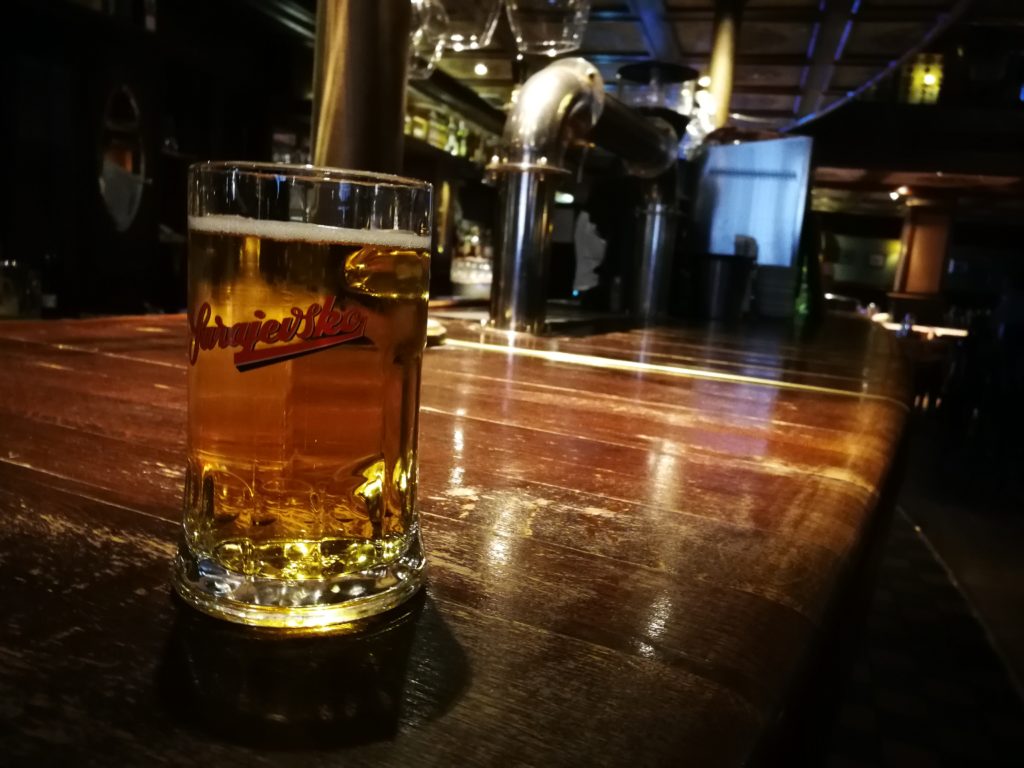
“For the first six months of the war, to survive physically was the main goal,” he said. “After six months, we started to think about how to survive mentally, and film was the way. During the war, there was no communication. You never knew who left the city, who stayed, who was killed. Coming together to see movies became the main cultural event in Sarajevo.”
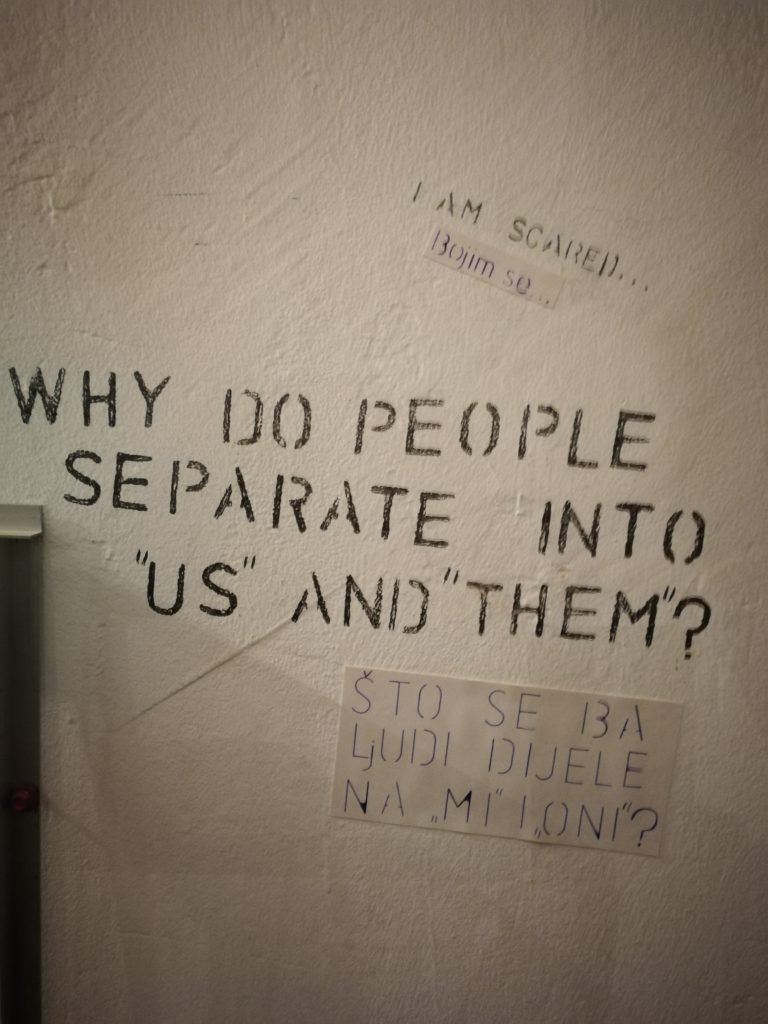
The first screenings where held at a basement, then relocated to a Jewish Synagogue. 15,000 people – an utterly unexpected and overwhelming number – showed up to watch the films in war torn Sarajevo. The second festival, in 1996, ended on the same day the Dayton Agreement ended the Balkan War, and Purivatra started thinking about turning the screenings into a real festival. The rest is history.
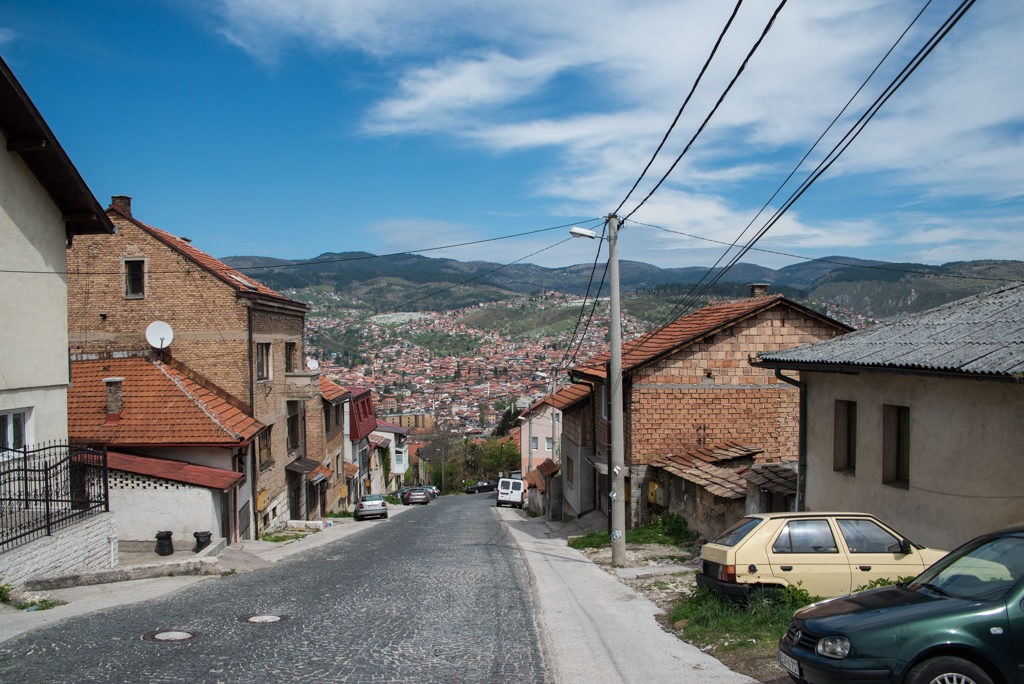
The Sarajevo festival grew into the most prominent film festival of South-East Europe, attracting more than 100,000 people annually on all programs and screening hundreds of films from 60 countries. This year, the Academy of Motion Picture Arts and Sciences has awarded the Sarajevo Film Festival the status of the Academy Award qualifying film festival in the Short Film category.
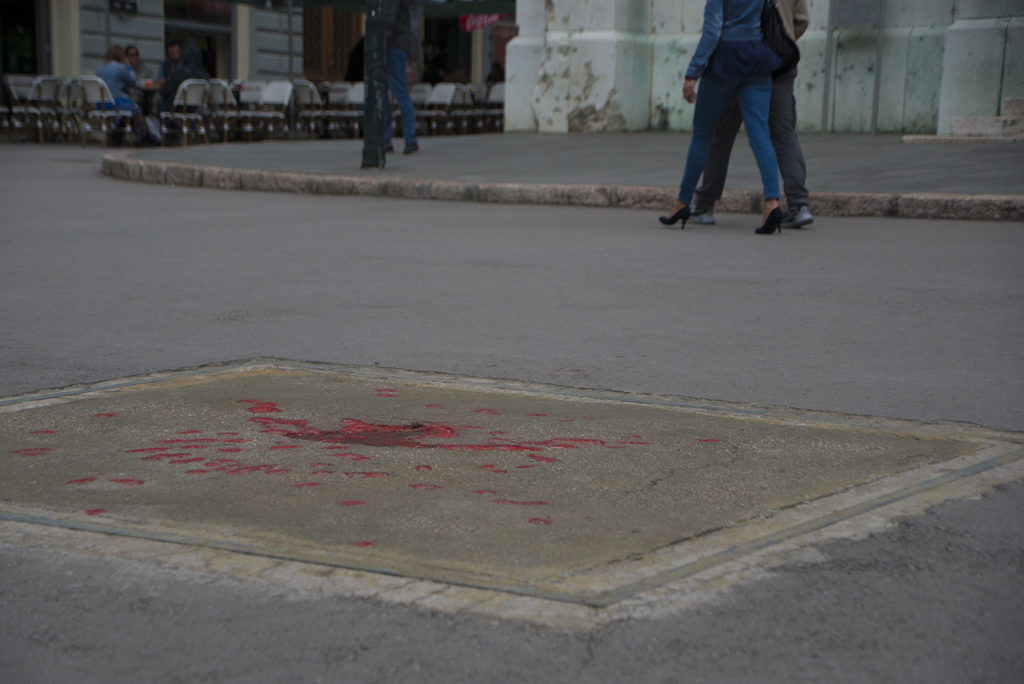
The scars of war are still visible in the city. The “Sarajevo roses” indicate where bombs killed more than three people in the streets; facades still pock marked with bullet holes; buildings damaged and never rebuilt; and of course the memories of the people of Sarajevo.
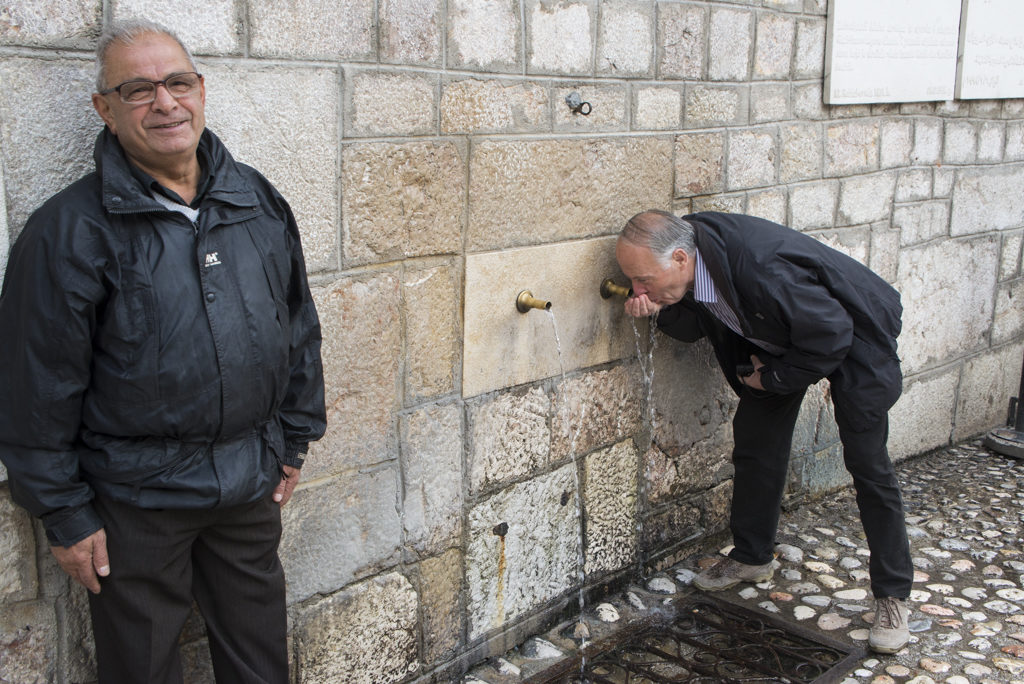
But the scars are fading. And with the festival the spirits are rising and at least for ten days a year Sarajevo becomes once again the symbol of tolerance and joie de vivre it has always been.
